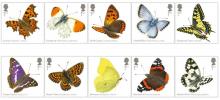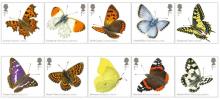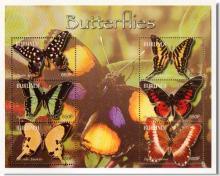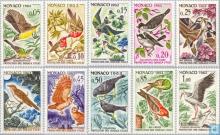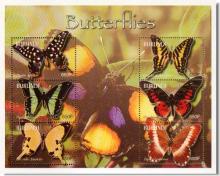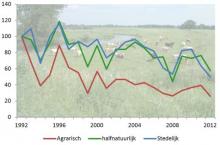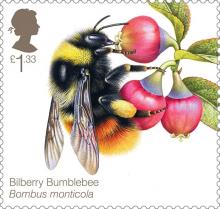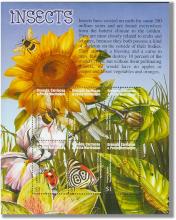
Integrated Pest Management (IPM) is a decision making process used to manage pests that relies on many tactics, including cultural and biological control, which are practices that conserve beneficial insects and mites, and when needed, the use of conventional insecticides. However, systemic, soil-applied neonicotinoid insecticides are translocated to pollen and nectar of flowers, often for months, and may reduce survival of flower-feeding beneficial insects. Imidacloprid seed-treated crops (0.05 mg AI (active ingredient) /canola seed and 1.2 mg AI/corn seed) translocate less than 10 ppb to pollen and nectar. However, higher rates of soil-applied imidacloprid are used in nurseries and urban landscapes, such as 300 mg AI/10 L (3 gallon) pot and 69 g AI applied to the soil under a 61 (24 in) cm diam. tree. Translocation of imidacloprid from soil (300 mg AI) to flowers of Asclepias curassavica resulted in 6,030 ppb in 1X and 10,400 ppb in 2X treatments, which are similar to imidacloprid residues found in another plant species we studied. A second imidacloprid soil application 7 months later resulted in 21,000 ppb in 1X and 45,000 ppb in 2X treatments. Consequently, greenhouse/nursery use of imidacloprid applied to flowering plants can result in 793 to 1,368 times higher concentration compared to an imidacloprid seed treatment (7.6 ppb pollen in seed- treated canola), where most research has focused. These higher imidacloprid levels caused significant mortality in both 1X and 2X treatments in 3 lady beetle species, Coleomegilla maculata, Harmonia axyridis, and Hippodamia convergens, but not a fourth species, Coccinella septempunctata. Adult survival were not reduced for monarch, Danaus plexippus and painted lady, Vanessa cardui, butterflies, but larval survival was significantly reduced. The use of the neonicotinoid imidacloprid at greenhouse/nursery rates reduced survival of beneficial insects feeding on pollen and nectar and is incompatible with the principles of IPM.

